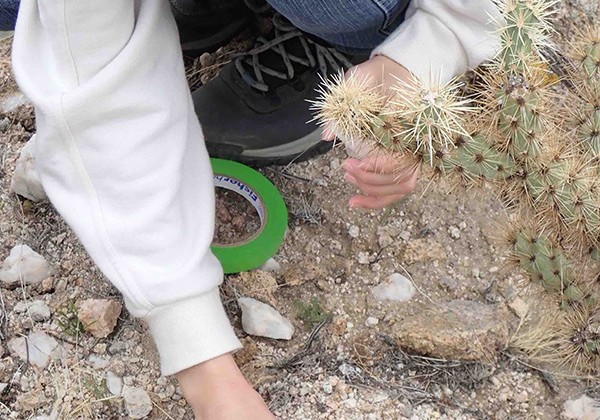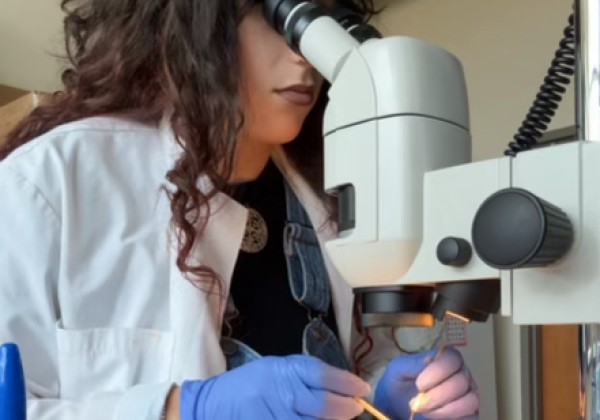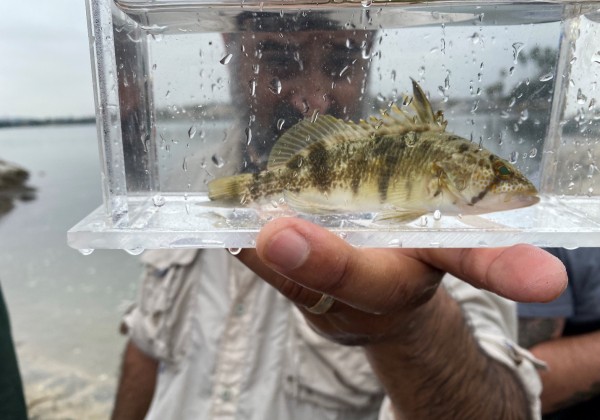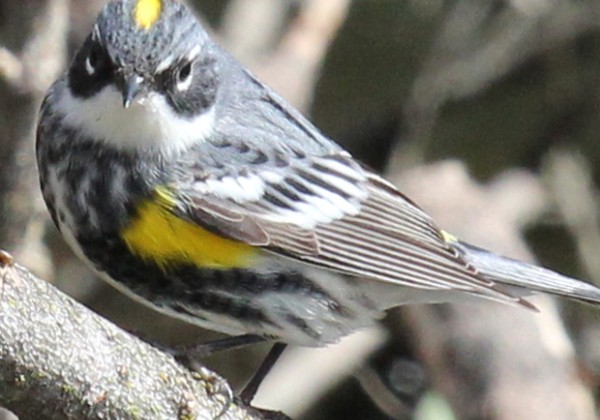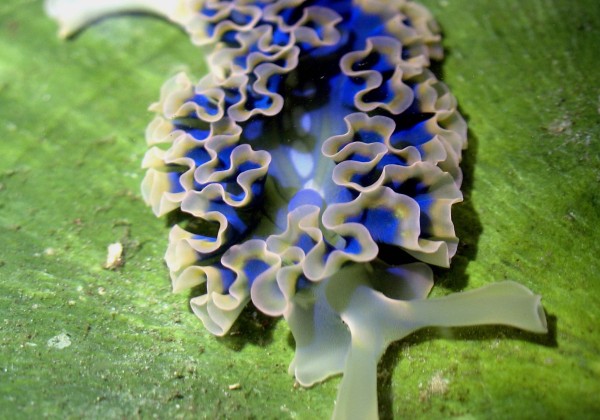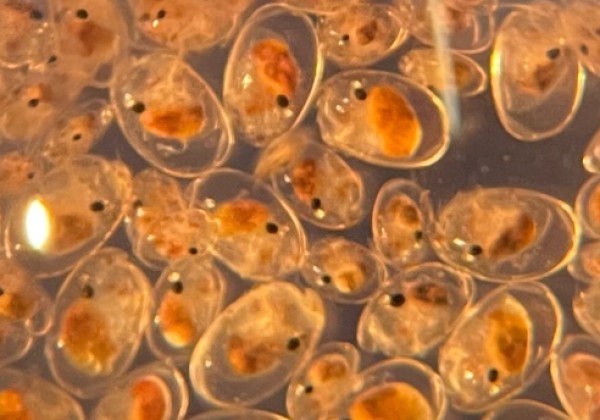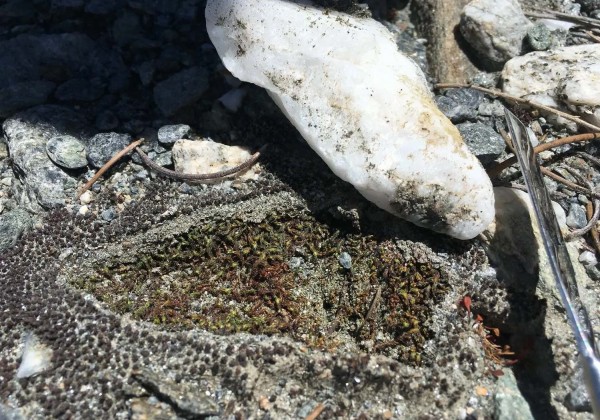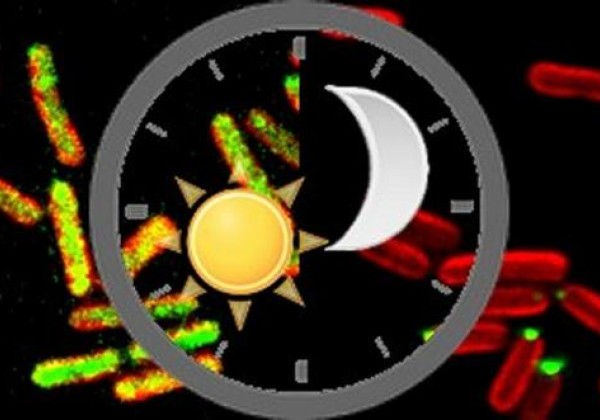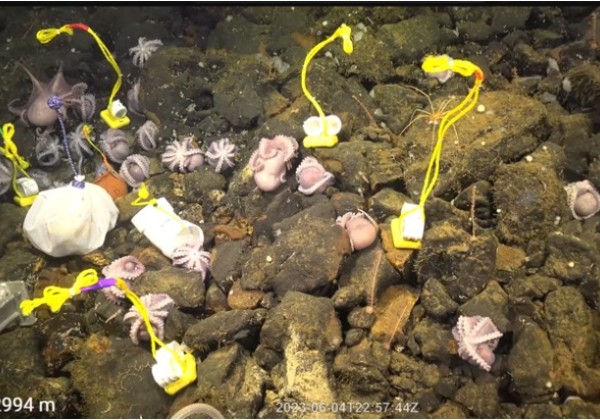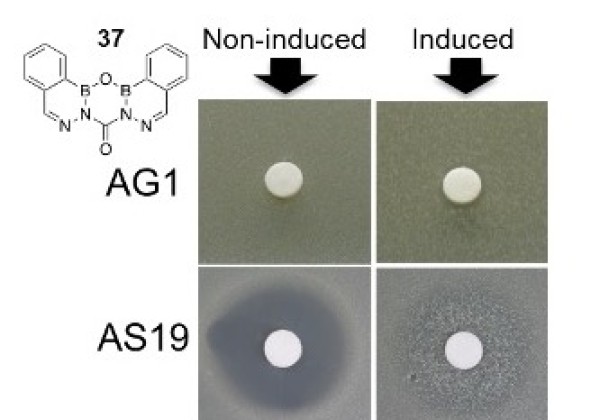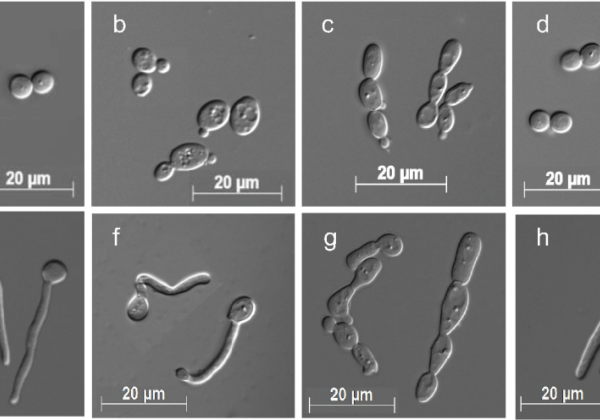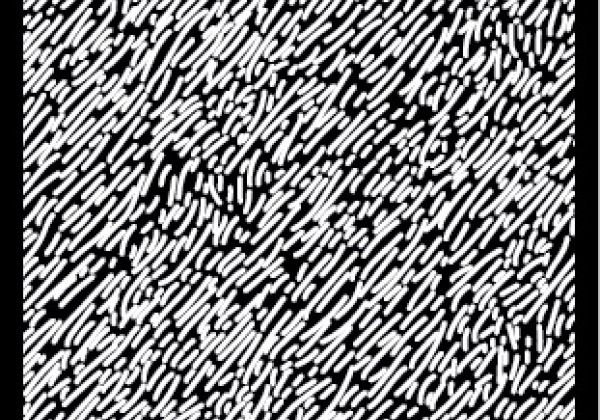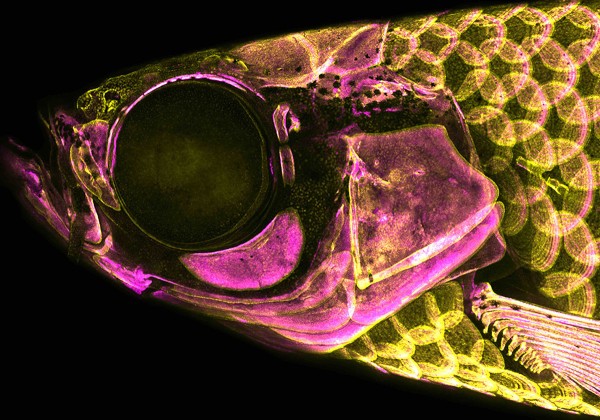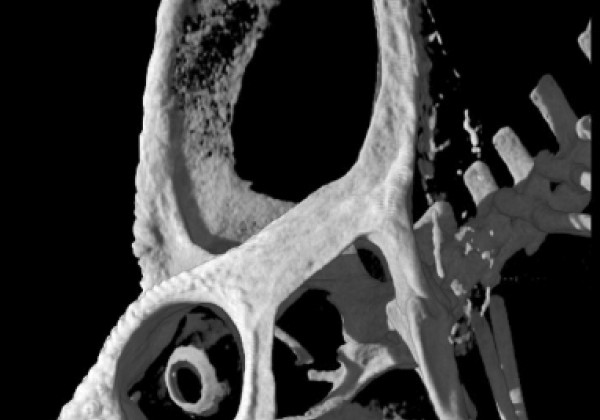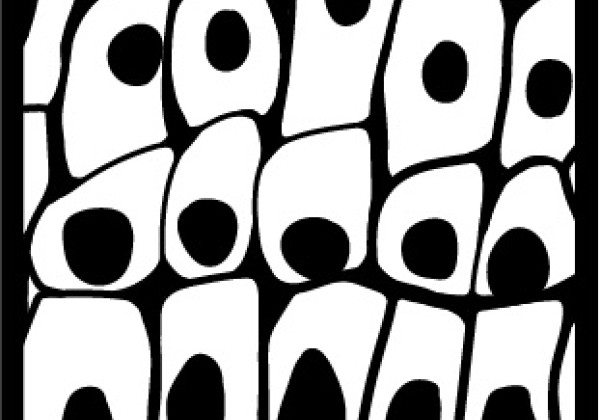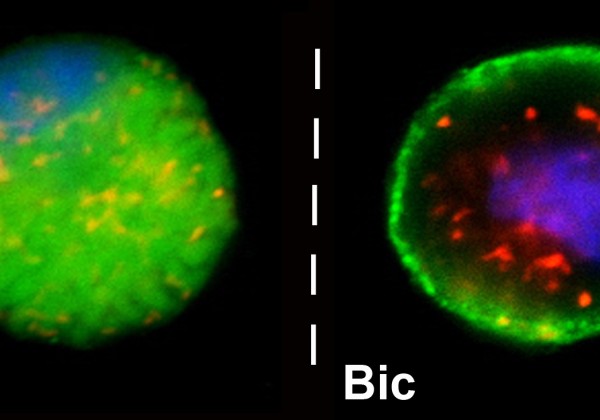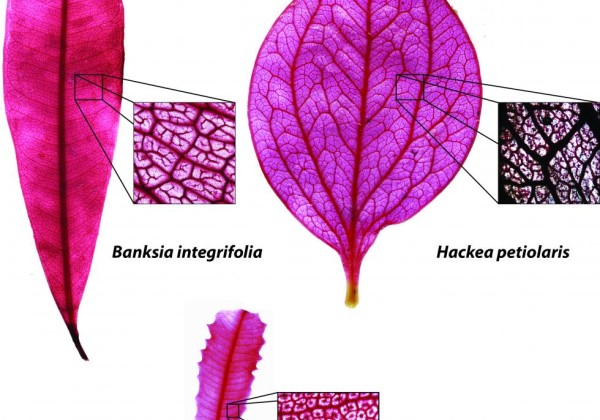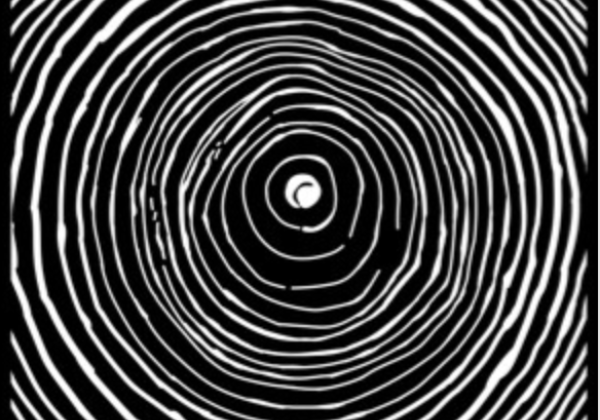Student Research Opportunities
Students in the Department of Biological Sciences at Cal State LA explore life sciences through many hands-on experiences. Outside of the classroom, students have the chance to get involved in research. Students can earn biological sciences elective credit for participating in research through BIOL 4990 Undergraduate Directed Study.
Interested in research? Here’s what to do next:
1. Check out faculty research profiles below.
2. Learn more about getting involved in research at Cal State LA.
3. Contact a faculty member if you are interested in learning more about their lab.
Support Programs for Student Research
There are a variety of programs at Cal State LA which support students who are interested in pursuing careers in science. This can be with peer mentoring, professional development, or financial support. Learn more about some of the undergraduate research training programs. Faculty also often have their own funding, or access to professional programs to help support students. Reach out to potential faculty mentors to learn more about available opportunities.
Faculty Research Profiles
In the Biological Sciences department at Cal State LA our research is organized into several broad categories: ecology and evolution, microbiology and immunology, molecular and developmental biology, physiology, and science education. Many of our faculty members do research in two or more areas.
Science Education
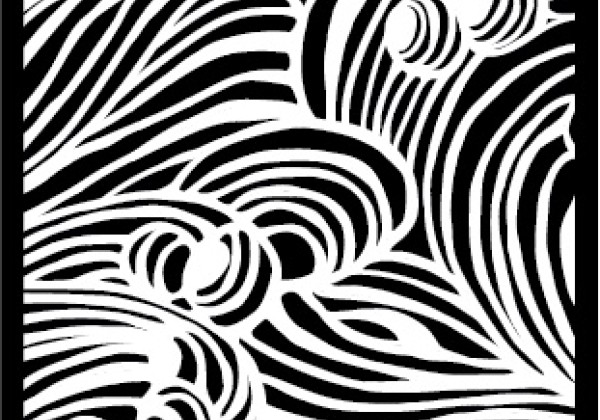
Evolution Education and the Nature of Science
Contact: Paul Narguizian, Ed.D.
Office: ASCR 323C, ext: 3-2054
Laboratory:
E-mail: [email protected]
Web: Narguizian Faculty Website
Research facilities
The Department of Biological Sciences research facilities are housed in the Annenberg Science Complex and the original Biological Sciences building.
Major Instrumentation
For confocal microscopy, a Zeiss LSM 710 system offers a range of excitation wavelengths while image acquisition and processing software allow digital image analysis, time course studies, and 3D image reconstruction.
The Omnilog enables testing and identification of aerobic Gram-negative and Gram-positive bacteria. In addition, its Phenotype Microarrays application for mammalian cells can reveal information on metabolic pathway activities, and cellular sensitivity to nutrients, hormones, cytokines, anti-cancer agents, and ions. The Omnilog performs analysis for genotype-phenotype characterization as well as for determining optimal conditions for cellular growth, sporulation and germination, production of secondary metabolites, or enzymatic activities of microbial cells.
The Accuri C6 flow cytometer is equipped with two lasers and four detectors to support cell analysis for up to six parameters. Some of its applications include measurements of apoptosis and cell cycle, and detection of cell surface and intracellular protein expression.
DNA Analysis
LaKretz and Rosser Halls house shared facilities featuring equipment for student and faculty research that includes a sample concentrator, workstations for digital photographs of gels, and water baths. A Nanodrop spectrometer and qbit fluorometers are used to quantify and assess purity of nucleic acids and proteins. Multiple real-time PCR instruments and thermal cyclers are available for PCR amplification and sequencing reactions. Luminometers are available for luciferase assays. The Department also has shared next generation sequencing capabilities. This includes an Agilent 4150 TapeStation System for the analysis of DNA extractions and next generation libraries, an Illumina MiSeq system, and an Oxford Nanopore MinION sequencer. LaKretz Hall houses a newly established environmental DNA (eDNA) laboratory.
Fluorescence Microscopy
A Nikon inverted epifluorescent microscope and EVOS cell imaging system are used to visualize intracellular structures of cells. The Nikon microscope system is used in classes to image mitochondria, vacuoles and chromosomes, and in student research to monitor the subcellular localization of specific proteins.
Freezers and Cold Rooms
The Annenberg Science Complex features a range of growth chambers and environmental rooms for temperature-controlled work. Faculty share several –80°C freezers for sample storage as part of the molecular ecology core facility.
Computing
All faculty members and staff are provided baseline computers or baseline notebooks and research-active faculty maintain computers in their laboratories for student use and/or specialized research applications. Internet access is provided by the University. There are also computer classrooms available on campus. Faculty in the Department have access to a high performance computing cluster on campus.
Greenhouse and Aquaria
The Department of Biological Sciences maintains an aluminum-glass greenhouse facility adjacent to the Biological Sciences building. There are two connected rooms with 2,135 sq ft of floor space. The facility includes heating, cooling, plumbing, and fluorescent lighting. There are fixed and movable plant benches. The greenhouses are currently used for instruction and plant collections and are available for research use. Department faculty maintain a freshwater and a salt water aquarium system, Animal care facilities are also available.
Museum and Herbarium
The department also houses the Cal State LA Zoological Museum and Herbarium Collections, used in both teaching and research. The natural history collections include extant and fossil plants, birds and their eggs and nests, insects and marine invertebrates, mammals and fish. The extensive entomological holdings comprise seven orders of Insecta and three orders of Arachnids. The botanical collections comprise approximately 37,000 vascular plant specimens representing 245 families.
